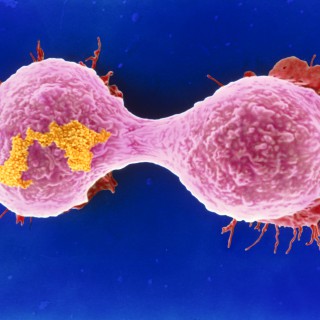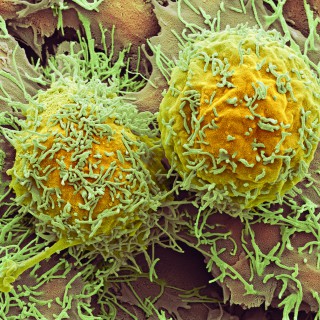World-class radiotherapy
Shorter treatment times for radiotherapy, better precision and a reduced risk of damage adjacent tissue.
The new radiotherapy clinic at Skåne University Hospital in Lund will be the most advanced in Europe. With six new treatment rooms featuring the very latest technology and new methods developed in collaboration with Lund University, cancer patients throughout southern Sweden are offered world-class cancer treatment.
The new radiotherapy building in Lund, which was officially opened in May 2013, brings together all radiotherapy technology and expertise – including the research carried out in collaboration with Lund University.
“We have a new generation of radiotherapy machines that enable us to better limit the radiation and compensate for movement in a way that has not been possible before”, says Sven Bäck, a reader and radiation physicist at Lund University and Skåne University Hospital.
With the new type of machine, which has been tested and used for a year in the nearby city of Malmö, it is possible to see the shape and location of the tumour with a precision equivalent to a CAT scan, and the machine can be operated without a ‘weighting filter’, which means less distributed radiation and shorter treatment times.
Measuring and evaluating radiation doses in real time creates new possibilities to optimise the radiotherapy treatment while reducing the risk of damage to healthy tissue.
Other research projects focus on developing breathing-adapted treatment of left-hand side breast cancer. The method involves giving treatment only when the patient breathes in, in order to reduce the risk of damage to underlying tissue around the heart. The concept is now being further developed with optical surface scanning to ensure the patient’s position before each treatment session.
With new machines and specially developed programmes, the treatment of cancers including breast and prostate cancer – the two far most common forms of cancer – could be significantly improved.
Text: Sven-E Lindberg
Photo: Gugge Celander
Published: 2013







